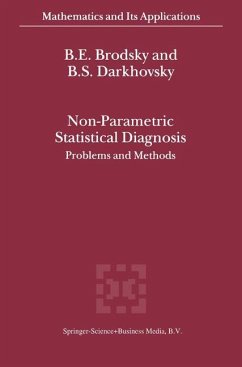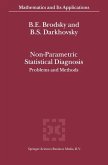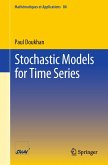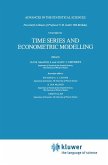This book has a distinct philosophy and it is appropriate to make it explicit at the outset. In our view almost all classic statistical inference is based upon the assumption (explicit or implicit) that there exists a fixed probabilistic mechanism of data generation. Unlike classic statistical inference, this book is devoted to the statistical analysis of data about complex objects with more than one probabilistic mechanism of data generation. We think that the exis tence of more than one data generation process (DGP) is the most important characteristic of com plex systems. When the hypothesis of statistical homogeneity holds true, Le., there exists only one mechanism of data generation, all statistical inference is based upon the fundamentallaws of large numbers. However, the situation is completely different when the probabilistic law of data generation can change (in time or in the phase space). In this case all data obtained must be 'sorted' in subsamples generated by different probabilistic mechanisms. Only after such classification we can make correct inferences about all DGPs. There exists yet another type of problem for complex systems. Here it is important to detect possible (but unpredictable) changes of DGPs on-line with data collection. Since the complex system can change the probabilistic mechanism of data generation, the correct statistical analysis of such data must begin with decisions about possible changes in DGPs.
Hinweis: Dieser Artikel kann nur an eine deutsche Lieferadresse ausgeliefert werden.
Hinweis: Dieser Artikel kann nur an eine deutsche Lieferadresse ausgeliefert werden.
`Overall, the book is nicely organized, and the material is clearly presented. The book has several strengths. I found Non-Parametric Statistical Diagnosis to be an interesting book to add to the area of change-point analysis.'
Journal of the American Statistical Association, September 2001
Journal of the American Statistical Association, September 2001
`Overall, the book is nicely organized, and the material is clearly presented. The book has several strengths. I found Non-Parametric Statistical Diagnosis to be an interesting book to add to the area of change-point analysis.' Journal of the American Statistical Association, September 2001








